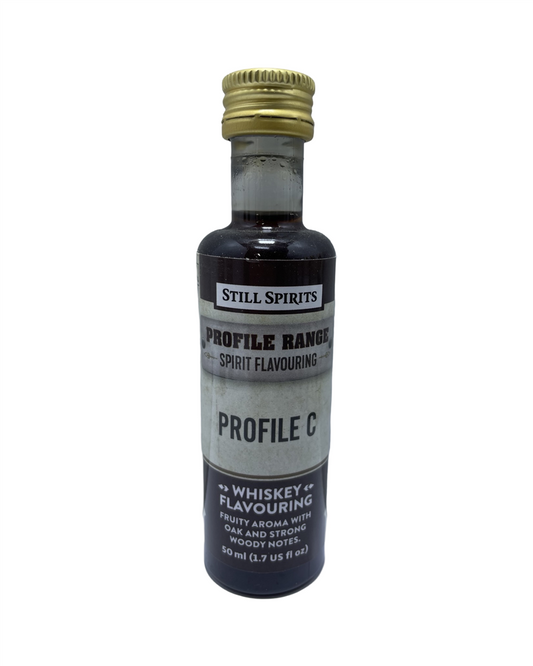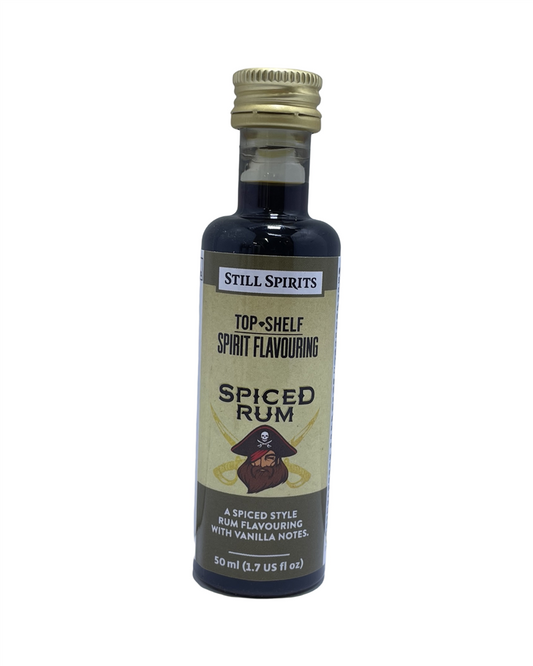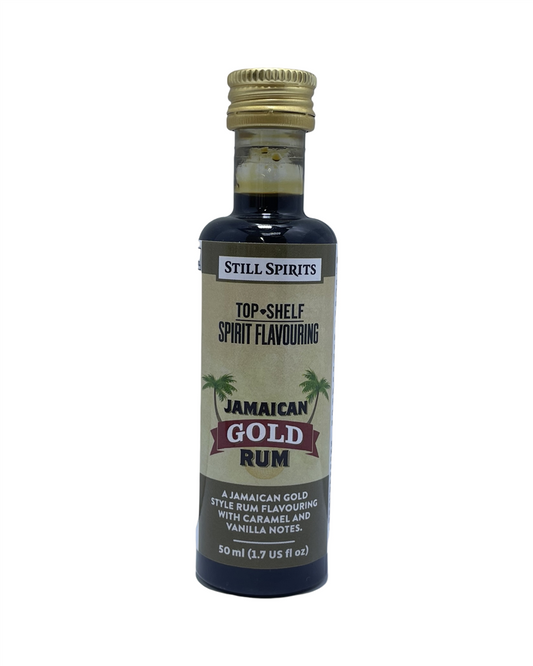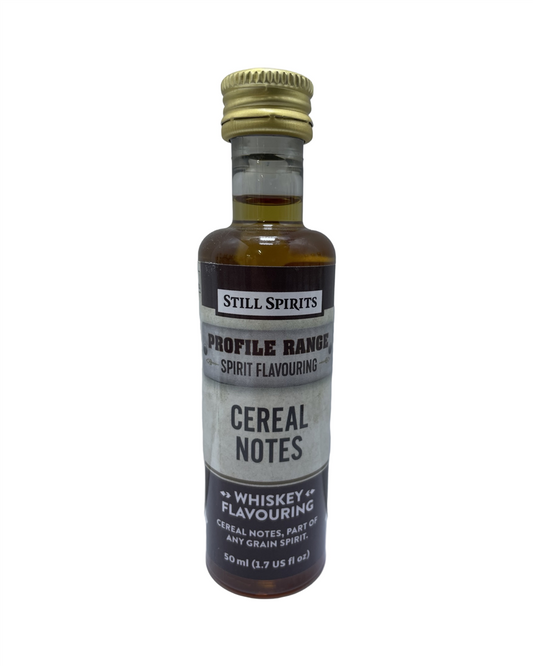The yeast that splits brewers in two: S23.
Share
S23 Lager Yeast: Why One Sachet Can Divide a Backyard Brew Club
Out the packet it's from Fermentis. In the fermenter? Well… that's where things get interesting.
You either love it… or you’re angry it ruined your lager.
If you brunch on flavour wheel charts or name your fermenters after Viking gods, you’ve probably got opinions. And if you’ve brewed a crisp lager or an ambitious bock lately, there’s a good chance you’ve come face-to-face with S23 Saflager Lager Yeast.
This little 11.5g packet has split homebrew sheds in two. One side racks up clean pilsners with that bright bready edge — the other? They’re muttering about banana bombs and slugging back IPAs while scratching their heads.
So what’s really going on with S23?
The Lager Yeast With a Secret Personality
Let’s get this out of the way — yes, S23 is a bottom-fermenting lager yeast. It nails malty European-style lagers and golden bocks. But calling it “neutral” is like saying footy grand finals are “casual weekends out”. Not quite.
What the blokes down at the shed have discovered is this:
- Brew right and pitch cool (we’re talking around 10-12°C) → you’ve got a crisp, clean lager with soft malt lift and none of the drama.
- Skimp on temp control or ferment warm → boom. Fruity esters. Sometimes peach. Sometimes pear. Occasionally... bubblegum Regret.
This variability makes it a bit of a wildcard — especially for folks using brew belts or relying on room temp. It’s a finicky beast with a reward-for-effort ratio that’s either gold or grief.
Should You Use It?
If you’ve got a half-decent way to hold cold temps — even a spare bar fridge turned fermenting cave — S23 is worth a run. There’s a depth and drinkability to its malty profile that fast-acting ale yeasts just can’t replicate.
But if you’re brewing in the shed mid-summer with nothing but a cracked window and good intentions, best you park this one until autumn. It’s better in conditions that love a patient hand and a steady fridge.
Quick Tip to Get S23 Right Every Time
Hydrate it in water before pitching. Don’t just dump it dry. Mix it up with luke-warm (not hot!) water and let it refoam. This gives the yeast a leg-up and greatly improves your odds of a smooth ferment.
Also: lager it properly. If you’re bottling quick, this yeast might still throw funk. But lagering at near-zero for a few weeks? Clears right up. Smooth. Balanced. Worth it.
The Big Takeaway (Read Twice if You Have To)
S23 isn’t wrong yeast — it’s just honest. It gives back exactly what you put in. That’s confronting for some brewers and empowering for others.
Used to be, making lager at home meant fighting through weeks of chalky tannins or paying $300 for pro gear. Now? Grab a $6 pack of yeast, hold a steady 10ºC, and you're halfway to Czech-level clarity.
So if it splits brewers in two… where do you stand?
Got a brew fridge, good gear, and the patience of a saint? Go on — give it a whirl. Grab a pack of S23 and see if it becomes your new go-to.
But if you’re brewing in the beach shack without a fridge, give it a miss this round. Trust me — there are smoother roads to the perfect pour.
Until next batch — cheers to clean fermentations and long pour lines!
— Candeece

Stay Connected
Join our homebrewing community: Beer and Barrel Society on Facebook
Follow our Facebook Page: Strathalbyn H Hardware on Facebook








